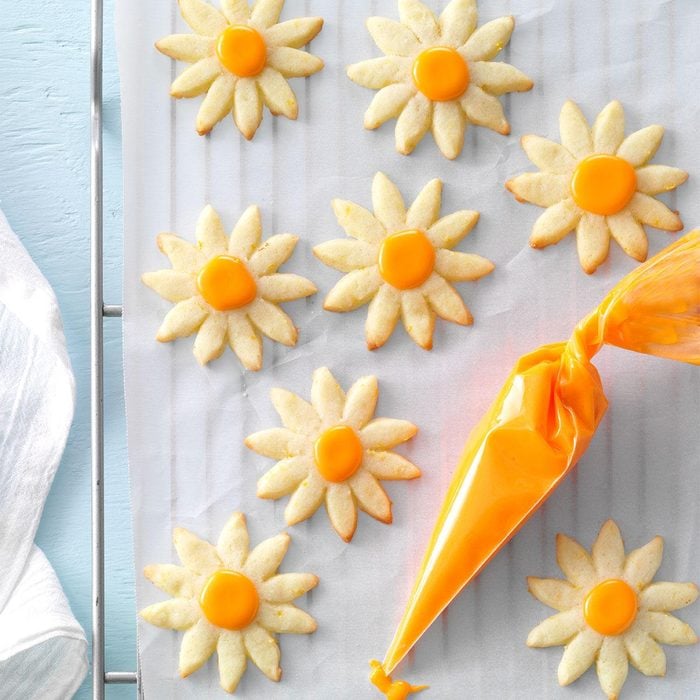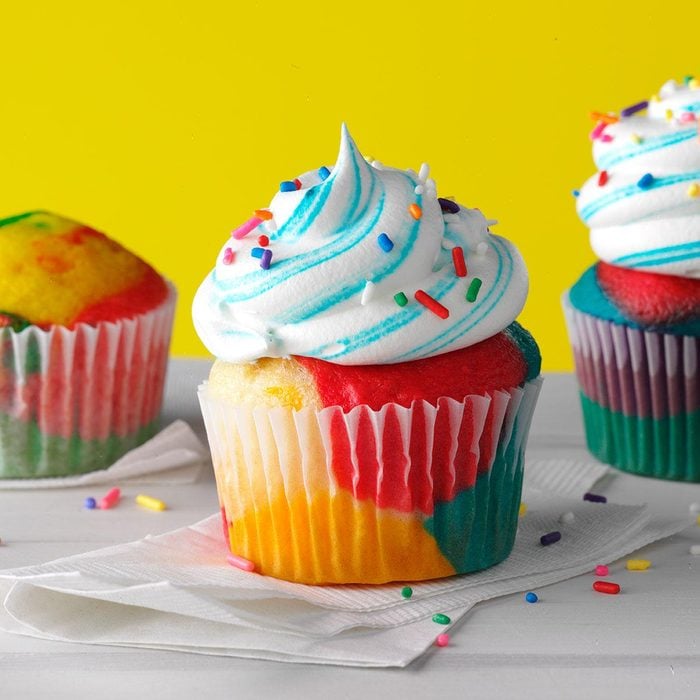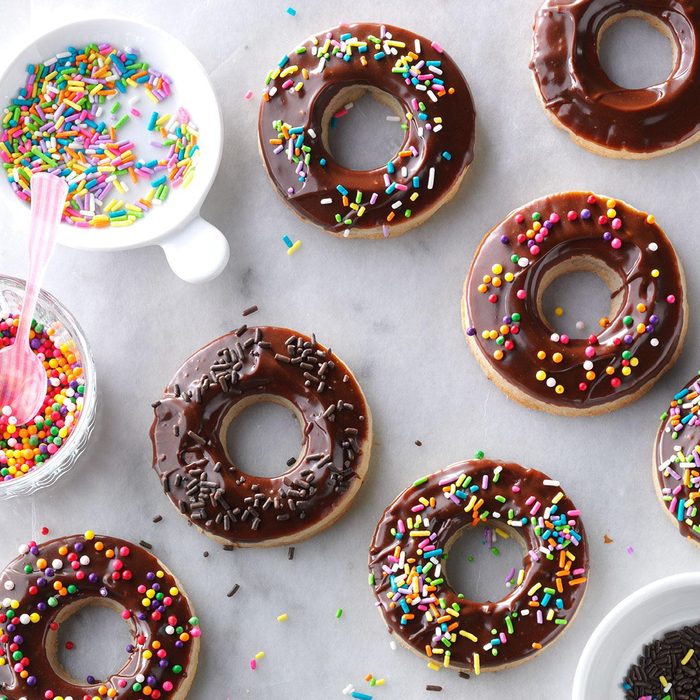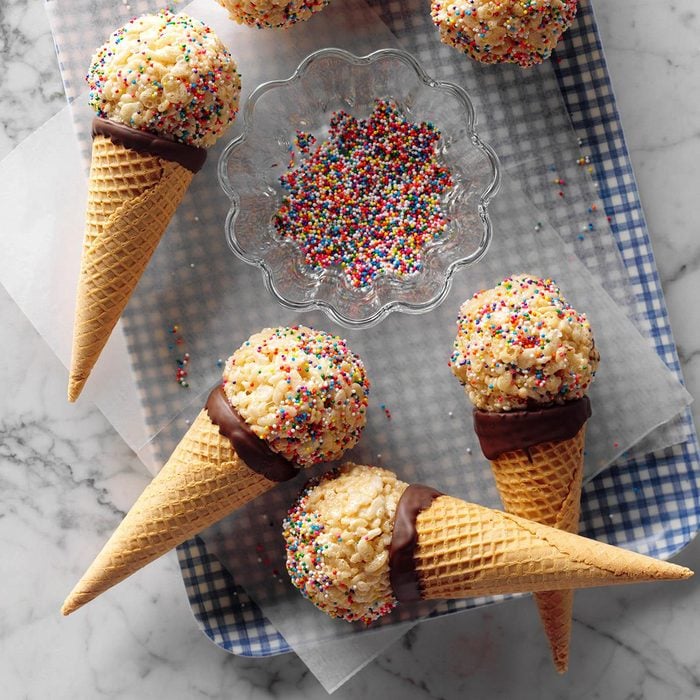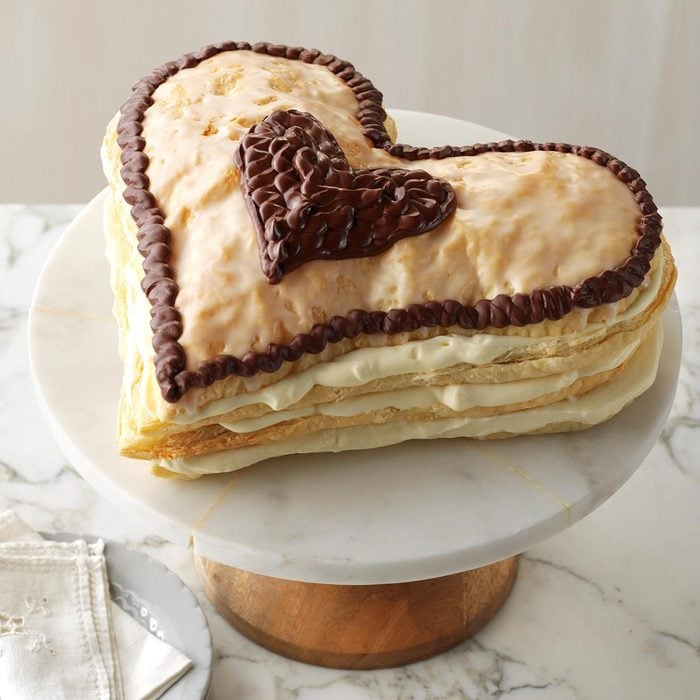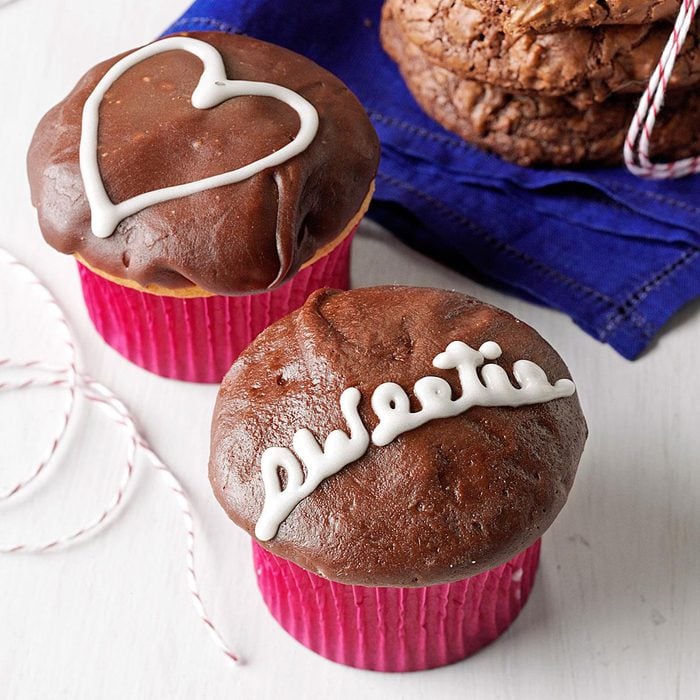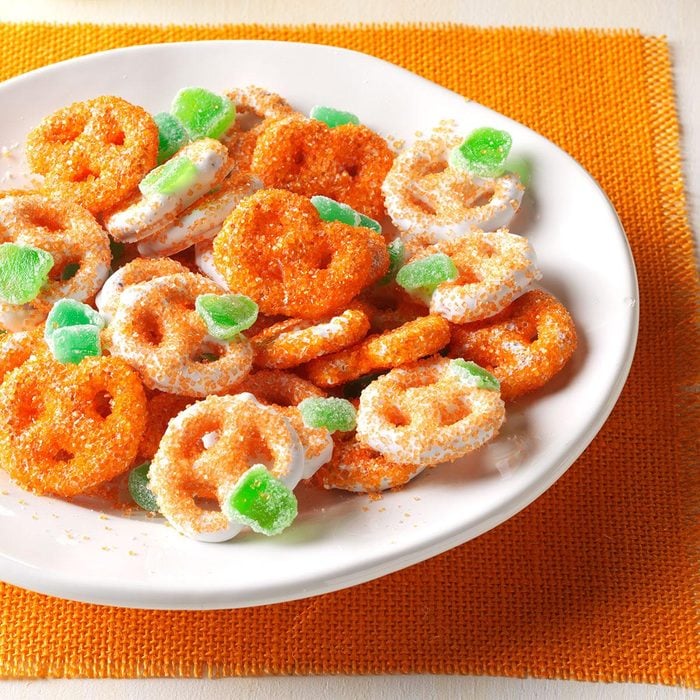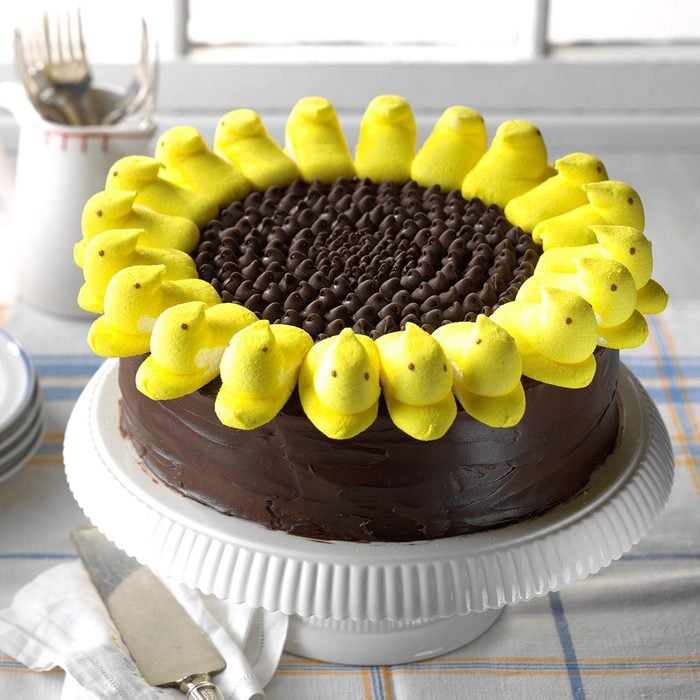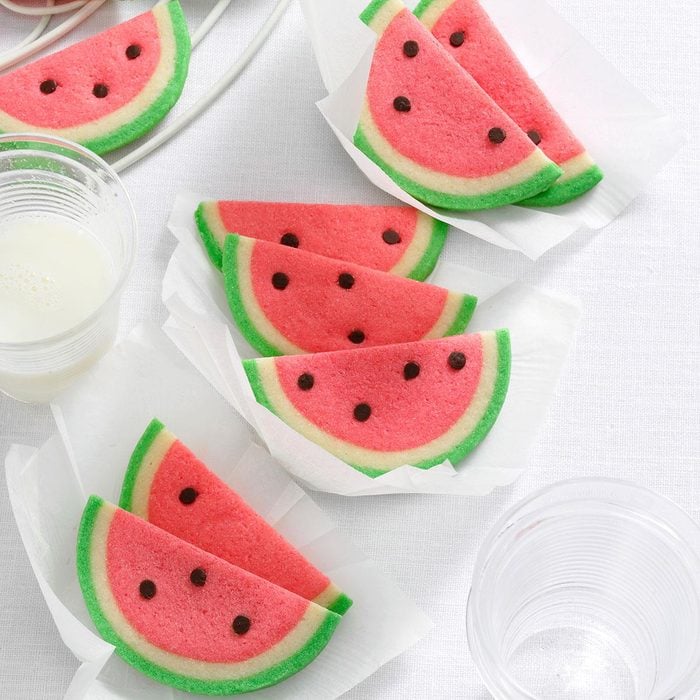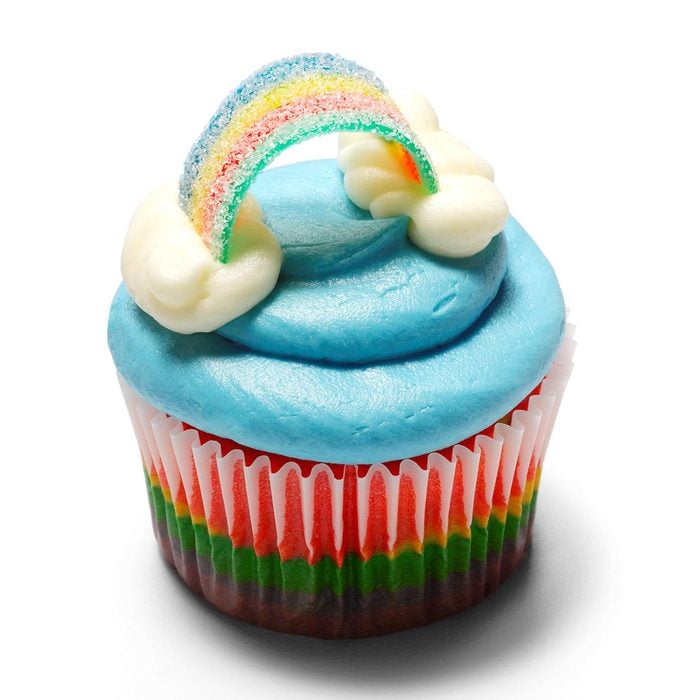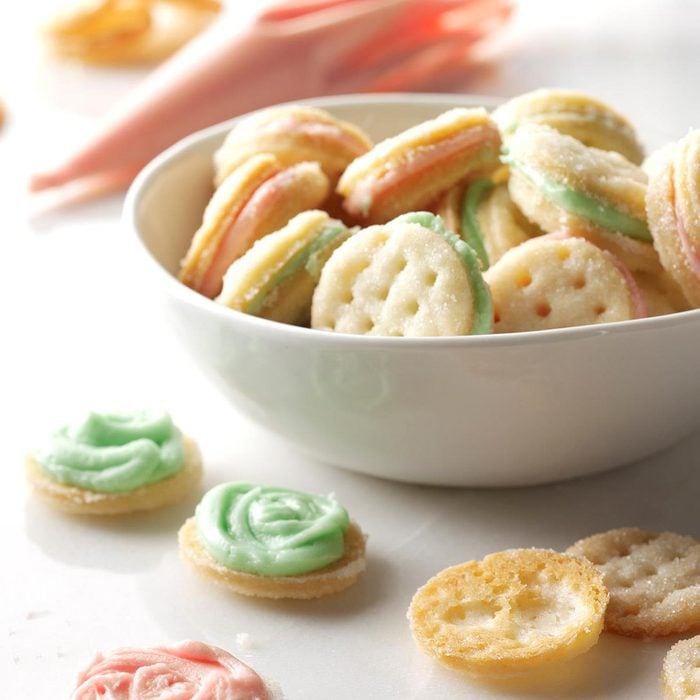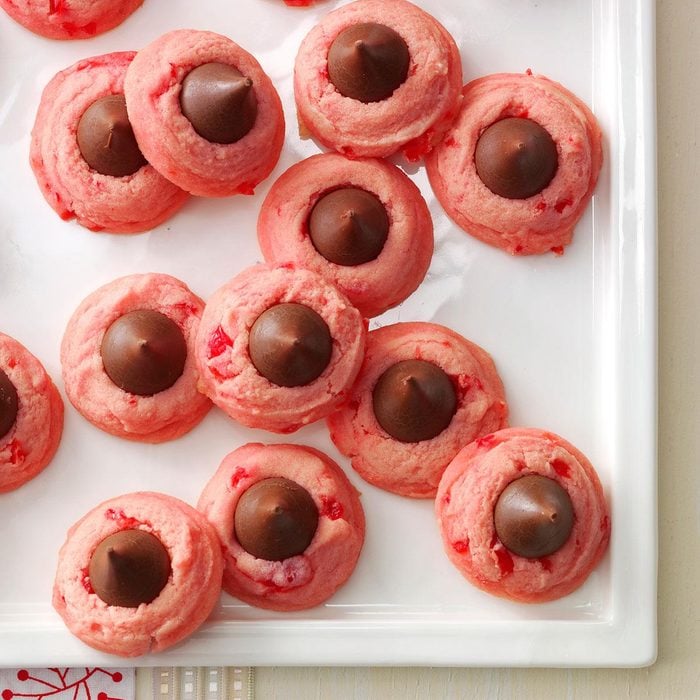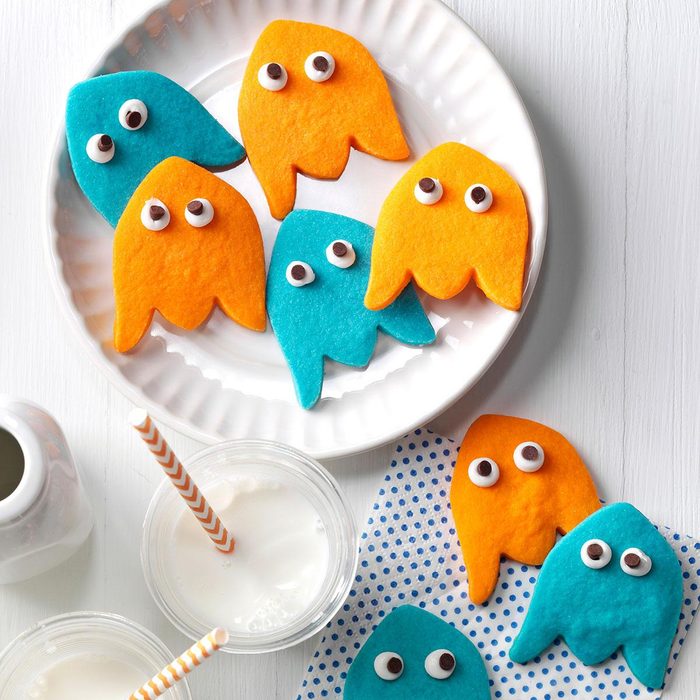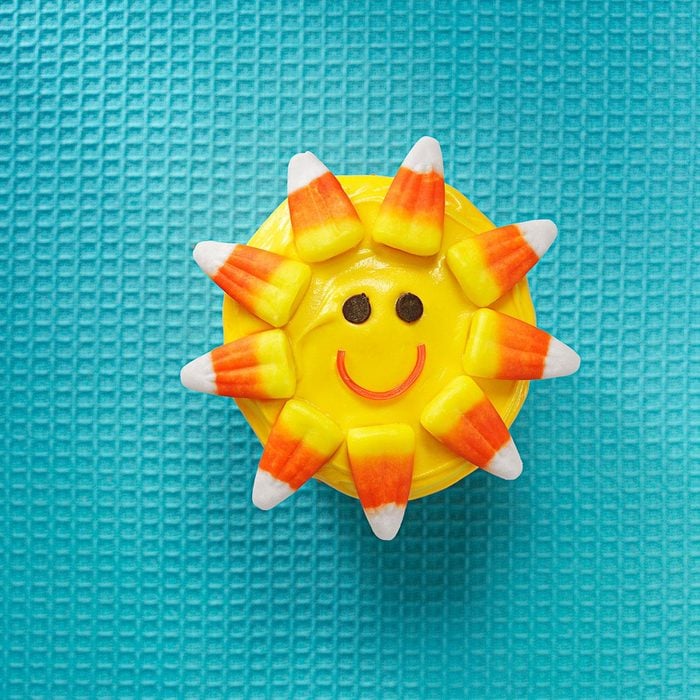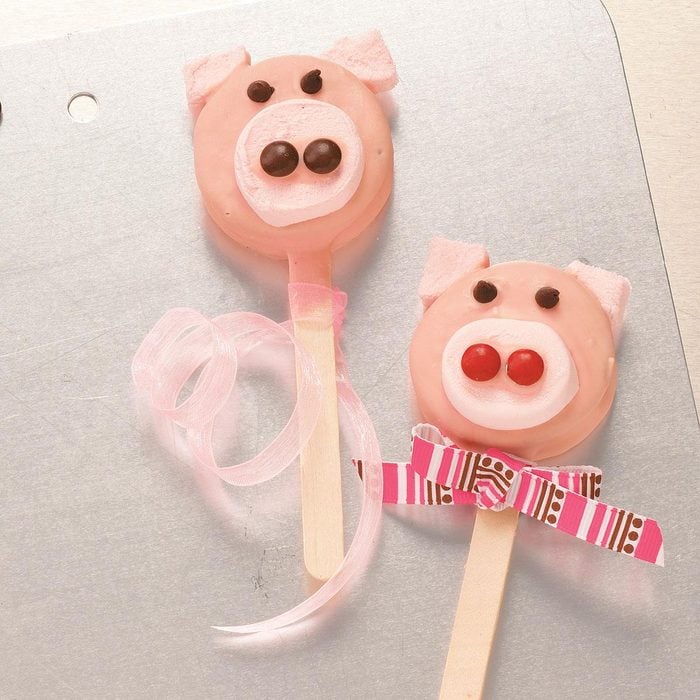 Photo: Shutterstock / Ruth Black
Photo: Shutterstock / Ruth Black
Whether you’re making Grandma’s red velvet cake or adding the finishing touches to your holiday cookies, understanding how to use food coloring is essential to make your icings, candies and various sweet treats stand out. While traditionally most cooks stick to liquid coloring, there several options for tinting foods, and each has its own benefits and quirks.
Traditional liquid food coloring (liquid dye)
Traditional liquid coloring for food is an inexpensive option. It’s the best kind to use when you want a lighter tint. With large desserts, like cakes, it can take a few bottles to create a rich, vibrant color. However, it only takes a drop to make the pretty pastel filling in these dreamy cream wafers.
Liquid food coloring is usually made with synthetic dye in a water base. It’s often sold in small plastic squeeze bottles, which are great for beginners because you can add as many (or as few) drops as you’d like until you reach the desired hue.
Liquid gel dye
Liquid gel dye is similar to its traditional counterpart as it consists of synthetic coloring with a base of water, glycerin or corn syrup. Like plain liquid dye, it’s sold in small dropper bottles. But the two products similarities stop there. Give a bottle of liquid gel dye a squeeze and out comes a much thicker, gel-like liquid. The dye is very concentrated, so a little goes a long way. This type of food coloring works great for creating vivid color. The downside of liquid gel dye is that it’s not as readily available as the traditional liquid dye, and it can be somewhat difficult to find. Also, its thick consistency makes it difficult to spread evenly into doughs. Stick to using it for icings and your favorite homemade candies.
Gel paste dye
Though you’ll likely only find this concentrated gel in a specialty store, it’s worth the trip if you’re looking to give a large batch of batter a bold look. Just like liquid gel dye, it’s made out of synthetic coloring with a water, glycerin or corn syrup base. The paste is packaged up in small pots or jars. Since gel paste dyes are very thick, it’s best to use a toothpick to collect the paste, adding very small amounts at a time to what you’re coloring. If you’re trying to avoid a mess—or if you have clumsy hands or if there are kids involved—this is a great option, as its liquid components can spill and splatter. Warning: if you don’t know how deep you’d like your color to look, this isn’t the best choice. It doesn’t allow for a lot of for trial and error. And since its consistency is semi-solid, it can also be tricky to work into dough.
Natural food colorings
For anyone who wants to steer clear of synthetic dyes, natural food colorings do exist. You won’t find any glycerin or corn syrup in them. They can be difficult to locate, but an online search is all it takes to order them quickly or to help you find a specialty store in your area. (Here’s where to find our top pick from Amazon.) Available in small dropper bottles, the different colors come from plant sources. For instance, saffron or turmeric is used to make yellow, carrot juice makes orange, and beets make red tones. They are great to use for anyone with an allergy to synthetic dyes. No neon here, though. Used drop by drop, natural food colorings are best for achieving a subtle, earthy hue.
Powdered dye
Powdered dyes are made out of synthetic coloring with no water, glycerin, or corn syrup. They’re sold in jars of totally dry powder. There are many ways to use it: add a pinch of the powder to your dry mixture or combine it with a few drops of clear alcohol for a paint-like consistency. You can even dust it onto foods to create a gentle finish.
Powdered dye is best to use in recipes that are sensitive to any added liquid, like chocolate or macarons. But use sparingly, as the powder can produce a very dark color.
Learn something new? We sure did. Now that you know which dye works best for your recipe, go forth and bake with all the colors of the rainbow.
Get Started With These Colorful Recipes
Orange Sugar CookiesI make these citrusy cookies for parties and special occasions, and we always get to eat the ones that don't come out perfectly. Eventually I had to start making extra "mistakes" to keep my family happy! —Myrrh Wertz, Milwaukee, Wisconsin
Rainbow CupcakesI’ve been making these colorful cupcakes with my mom since I was in high school. The cheery sweets are as fun to make as they are to eat. —Tammy Quinn, Lynden, Ontario
Chocolate-Glazed Doughnut CookiesMy little nieces love to help decorate these doughnut-shaped cookies. They top them with sprinkles, chopped pecans or crushed candy canes. —Jolie Stinson, Marion, Indiana
Rainbow Cake with CloudsSome cakes stand on their own without icing. For this bright Rainbow Cake, use a little whipped cream to make fluffy clouds. —Janet Tigchelaar, Jerseyville, Ontario
Ice Cream Cone TreatsI came up with this recipe as a way for my grandkids to enjoy Rice Krispies treats without getting sticky hands. You can also pack the cereal mixture into paper cups and insert a wooden pop stick to create pops. —Mabel Nolan, Vancouver, Washington
Soft Sugar CookiesOur soft sugar cookies are the ultimate fluffy, billowy treat. A simple smear of whipped buttercream frosting completes these adorable anytime cookies.
Chocolate Swirl DelightI made a few updates to a great recipe and ended up with an impressive dessert. Everyone loves its light texture and chocolaty flavor. —Lynne Bargar, Saegertown, Pennyslvania
Bird NestsThis is a fun, kid-friendly recipe I pulled together a few years ago. My kids love helping me make these. —Jessica Boivin, Nekoosa, Wisconsin
Chocolate-Dipped Beverage SpoonsThese make a cute gift when wrapped individually in cellophane, tied with colorful ribbon and displayed in a Christmas mug. To set the chocolate quickly, chill dipped spoons in the freezer. —Marcy Boswell, Menifee, California
Chocolate Chip Red Velvet Whoopie PiesBaking a fun treat is a must when my four grandchildren come to stay for "grandma camp." Sometimes the grandkids help by piping the cake batter. —Linda Schend, Kenosha, Wisconsin
Bugle ConesMaking these treats is a breeze. I simply whip up a sugary filling, roll it into small balls to resemble scoops of ice cream and perch them on top of Bugle corn snacks. Then I roll them in sprinkles or nuts.—Dianne Conway, London, Ontario
Heart's Delight EclairThis lovely and luscious treat is rumored to have been the favorite dessert of European royalty long ago. I know that it's won the hearts of everyone I've ever made it for. Enjoy! —Lorene Milligan, Chemainus, British Columbia
Crisp Button CookiesAlmost too cute to eat but too sweet to resist, these clever cookies take minutes to make. They’ll disappear as quickly! Bonnie Buckley - Kansas City, Missouri
Chocolate Cream CupcakesMy favorite hockey team the Boston Bruins inspired these cupcakes. Add a love note on top using a little white icing. —Alisa Christensen, Rancho Santa Margarita, California
Butter CookiesLearn the basics and perfect the art of making the best-ever butter cookies with this step-by-step guide.
Mini Pretzel PumpkinsFolks are sure to share some tricks in order to get some of these pleasing pumpkin-shaped treats. —Taste of Home Test Kitchen
Peeps Sunflower CakeThe inspiration for this cake came from one of my favorite flowers, the sunflower. The yellow peeps make eye-catching flower petals, and I carefully placed chocolate chips in a circular pattern to resemble the seeds in the middle of a sunflower. This cake is easy, but looks quite impressive. —Bethany Eledge, Cleveland, Tennessee
Cupcake ConesChildren love this treat, which is not as messy as a piece of cake. —Mina Dyck, Boissevain, Manitoba
Watermelon Slice CookiesOnce when I made these butter cookies for a party, a neighbor thought they were so attractive that she froze one to show friends. They're easy to make, too! —Sue Ann Benham, Valparaiso, Indiana
Tie-Dyed CupcakesTake a trip back to the '60s with these sweetly psychedelic cupcakes. Each is a simple white cake, but tinting the batter all the colors of the rainbow makes them funky and fun!— Gwyndolyn Wilkerson, Kyle, Texas
Cream WafersMy sons used to help me make these cookies, and now my oldest granddaughter helps. When the smaller grandchildren are home, they help, too. The cute little sandwich cookies are tender, buttery and melt-in-your-mouth good! —Linda Clinkenbeard, Vincennes, Indiana
Cherry Kiss CookiesTopped with a chocolate kiss, these cherry-flavored cookies look super cute on a dessert tray. Share them with family and friends. —Joy Yurk, Grafton, Wisconsin
Sugar CookiesThis sugar cookie dates back to a Swedish woman born in 1877! Her daughter, Esther Davis, shared the recipe with me and she came up with all the exact measurements, since the original cookies were mixed by feel and taste. These are my favorite cookies and I hope they'll become yours as well. —Helen Wallis, Vancouver, Washington
Cinnamon Roll BunniesA tube of cinnamon roll dough and a little imagination make these adorable bunnies almost too cute to eat! They’re sure to appeal to “somebunny” at your house this Easter. —Jenni Sharp, Milwaukee, Wisconsin
Ghost Shortbread CookiesPac-Man was my favorite video game when I was growing up. For a party, I decided to get creative and shape my go-to sugar cookies into the ghosts from the game. —Jamie S, Regina, Saskatchewan
Oatmeal Rollout CookiesFor special events, my mother would bring these cookies to the rural school I attended. She decorated each cookie with a student's name written in frosting. —Sally Gores, Almena, Wisconsin
Sunshine CupcakesWant to put a smile on someone's face? Look no further than these cheery cupcakes! —Taste of Home Test Kitchen
Piggy PopsAnyone with a sweet tooth will go hog wild for these candy-coated pigs. My mother-in-law and I made the cute, cookie pops for a bake sale.—Lorri Reinhardt, Big Bend, Wisconsin





















